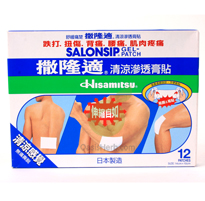 Breast cancer is the most common cancer in women worldwide, with the annual incidence estimated to be 1.4 million cases in 2008. Rates are highest in North American, Western Europe andAustralia, but the rates are also increasing in developing countries.
Breast cancer is the most common cancer in women worldwide, with the annual incidence estimated to be 1.4 million cases in 2008. Rates are highest in North American, Western Europe andAustralia, but the rates are also increasing in developing countries.
In March 2010, a group of breast cancer experts met in St Gallen,Switzerlandto develop a consensus statement on breast cancer prevention, with a focus on therapeutic intervention.
SERMS
They concluded that two selective estrogen-receptor modulators (SERMS) – tamoxifen (Nolvadex) and raloxifene (Evista) – are the only medicines approved by the US FDA for preventing breast cancers.
Of these, tamoxifen has greater efficacy than raloxifene and can be used in premenopausal women, but raloxifene has fewer side-effects. Two newer drugs in this class, lasofoxifene (Fablyn) and arzoxifene, also show efficacy and possibly a better overall risk-benefit profile, but need further assessment.
Aromatase inhibitors
Aromatase inhibitors – Anastrozole (Arimidex), Letrozole (Femara), Exemestane (Aromasin) – might be more efficacious than SERMs, and clinicians are early awaiting the results of those prevention trials.
Other potential agents
Newer agents, such as bisphosphonates and metformin, have shown promise in observational studies but their efficacies need to be confirmed in randomized prevention trials.
Agents with limited efficacy
Agents, such as aspiring, other non-steroidal anti-inflammatory drugs, COX-2 inhiitors, retinoids, rexinoids, and dietary components have limited effects.
Source: The Lancet Oncology, Vol .12, May, 2011.
Please visit us at healthreason.com for more health related articles.





